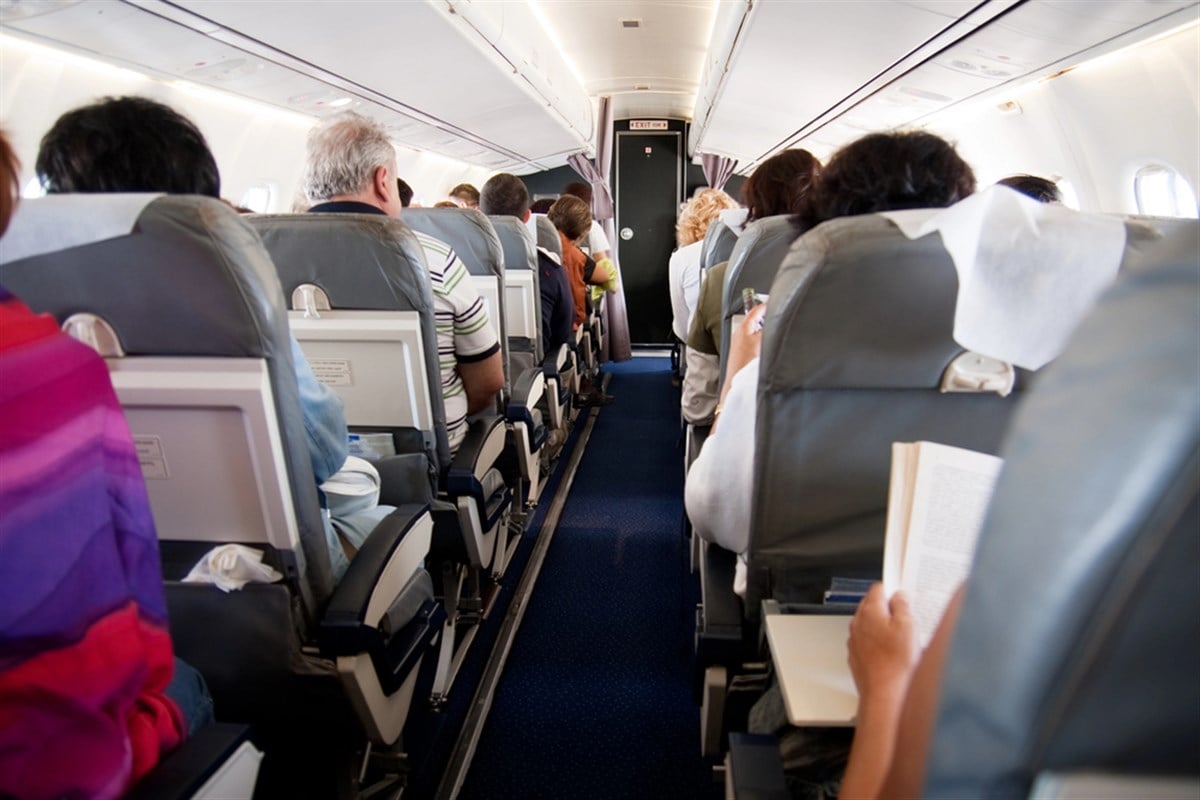
United Airlines (NASDAQ: UAL) is one of the “Big Three” passenger airline companies in the United States, along with Delta Air Lines (NYSE: DAL) and American Airlines Group (NASDAQ: AAL). The firm reported Q2 2024 financial results on Jul. 17, 2024. The company has significantly outperformed the broader airline industry, represented by the U.S. Global Jets ETF (NYSEARCA: JETS) in 2024. United is up 13.7% so far, while JETS is up 3.1%.
Let's examine United Airlines' operations and strategic vision to better understand the business. We will then review the company's earnings release and other relevant news. We will conclude with some outlook on the stock and what Wall Street analysts are expecting going forward.
United’s Operations, Strategic Fleet Revamp, and Star Alliance Benefits
United is a global passenger airline company operating across six continents with the help of its regional carriers. Regional carriers accounted for 6% of the firm’s total flight capacity in 2023. The company has "hubs" in cities across the United States, such as Chicago, Denver, Houston, and Los Angeles. The firm also has a small air cargo business, comprising 3% of operating revenue in 2023. Revenue is also broken down by geography. Domestic travel, which includes the U.S. and Canada, accounted for 60% of revenue in 2023.
United is the biggest member of the largest airline alliance in the world, the Star Alliance. The alliance has 26 member airlines and serves more than 1,200 airports in 186 countries. Airline alliances increase the ease of travel for customers and provide benefits such as increased access to airport lounges and the ability to redeem frequent flyer points across member airlines' flights.
In its most recent annual filing, United highlighted its United Next strategic plan. The company has agreed to buy 50 Boeing 787-9 planes and 60 Airbus A321neo planes. These next-generation aircraft, scheduled for delivery between 2028 and 2031, will revamp the company's fleet.
The primary goal of these purchases is to increase the company’s “gauge” in North America, a term for the number of seats available on each flight, and decrease its carbon emissions. The company is also updating features on its older planes to give customers a more premium experience. This includes installing entertainment systems on the back of every seat and providing access to the fastest in-flight Wi-Fi in the industry.
United Beats on EPS But Sees Margins Decline
United beat analysts’ expectations on adjusted earnings per share (EPS) by 21 cents, coming in at $4.14. Revenue fell short of estimates by $70 million, coming in at $14.99 billion. This represented a 5.2% increase in revenue from last year.
The company's adjusted pre-tax margin declined by 320 basis points from a year ago, falling to 12.1% from a record 15.3%.
The company expects a 3% decline in the industry capacity growth rate and will reduce its own capacity at the same rate. Firms are responding to softening demand, which has caused lower revenue per passenger. Passenger Revenue per Available Seat Mile (PRASM) fell 2.9% from the previous year.
Firms hope to boost this number by lowering supply. Airlines have already begun to cut capacity, canceling routes that have not been profitable. Through the revenue diversity it has achieved, it believes it can capitalize on these changes by the second half of Q3 2024. It grew revenue from premium seating by 8.5% from the previous year and basic economy revenue by 38%.
Guidance, Market Reaction, and Analyst Forecasts
The firm reaffirmed its full-year adjusted EPS guidance at a midpoint of $10, higher than analysts' expectation of $9.78. However, it did issue much lower guidance for the third quarter, at a midpoint adjusted EPS of $3. Analysts were forecasting $3.38. On the news, shares fell as much as 6% in after-hours trading, before recovering to a small loss.
With a forward price-to-earnings ratio of 4.6x, United Airlines appears to be inexpensive. This figure ranks at the 2nd percentile among United States industrial companies and sits below both Delta and American. Some justification for this is the firm’s sky-high long-term debt-to-equity ratio of 328%.
Of analysts who have updated their price targets in the past month, the average move is an increase of $4, although there were widely differing views. One analyst moved their target up $15, while another analyst moved their target down $9. The average forecast of those analysts is a price target of $76.25, implying an upside of 62%.














